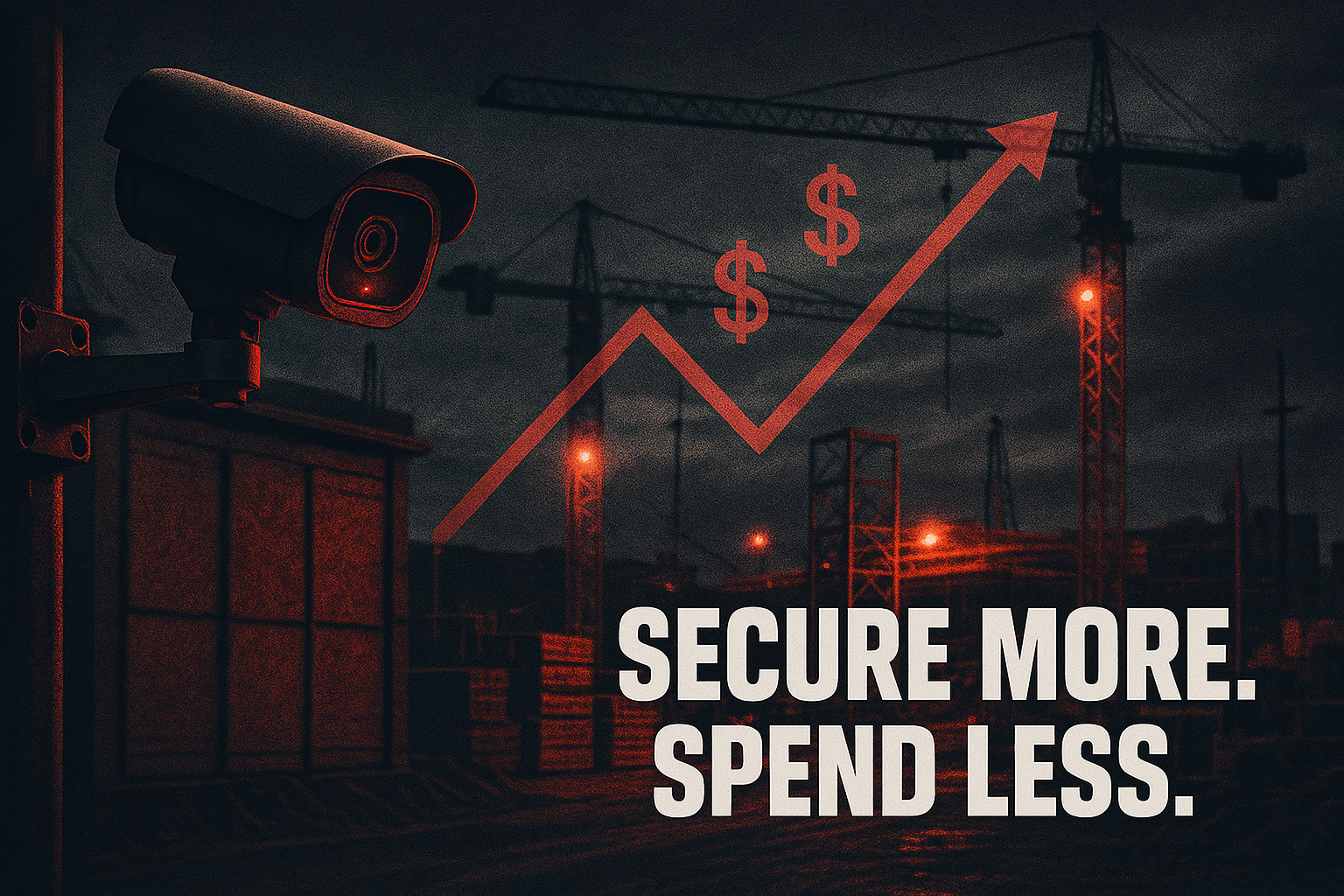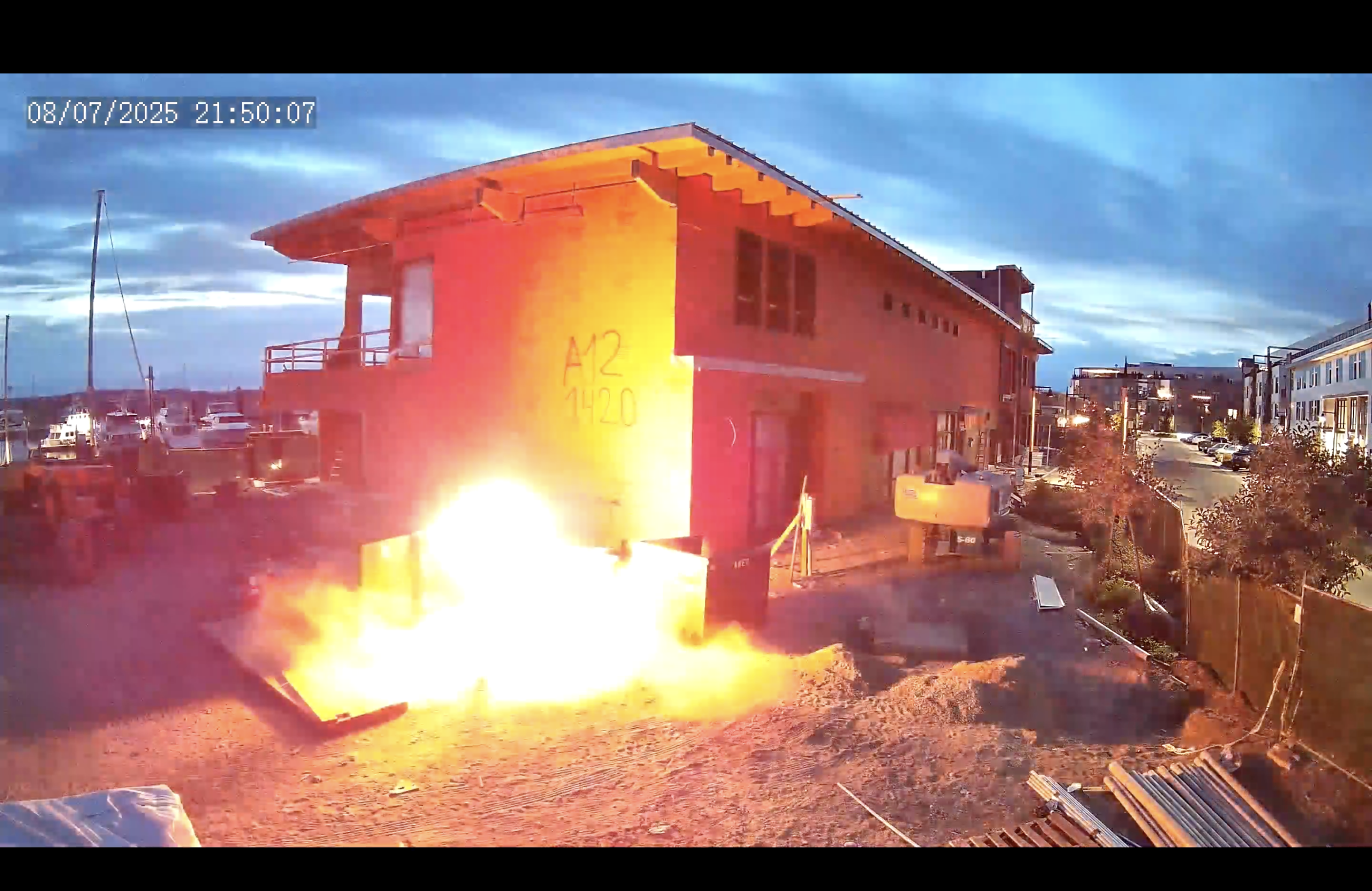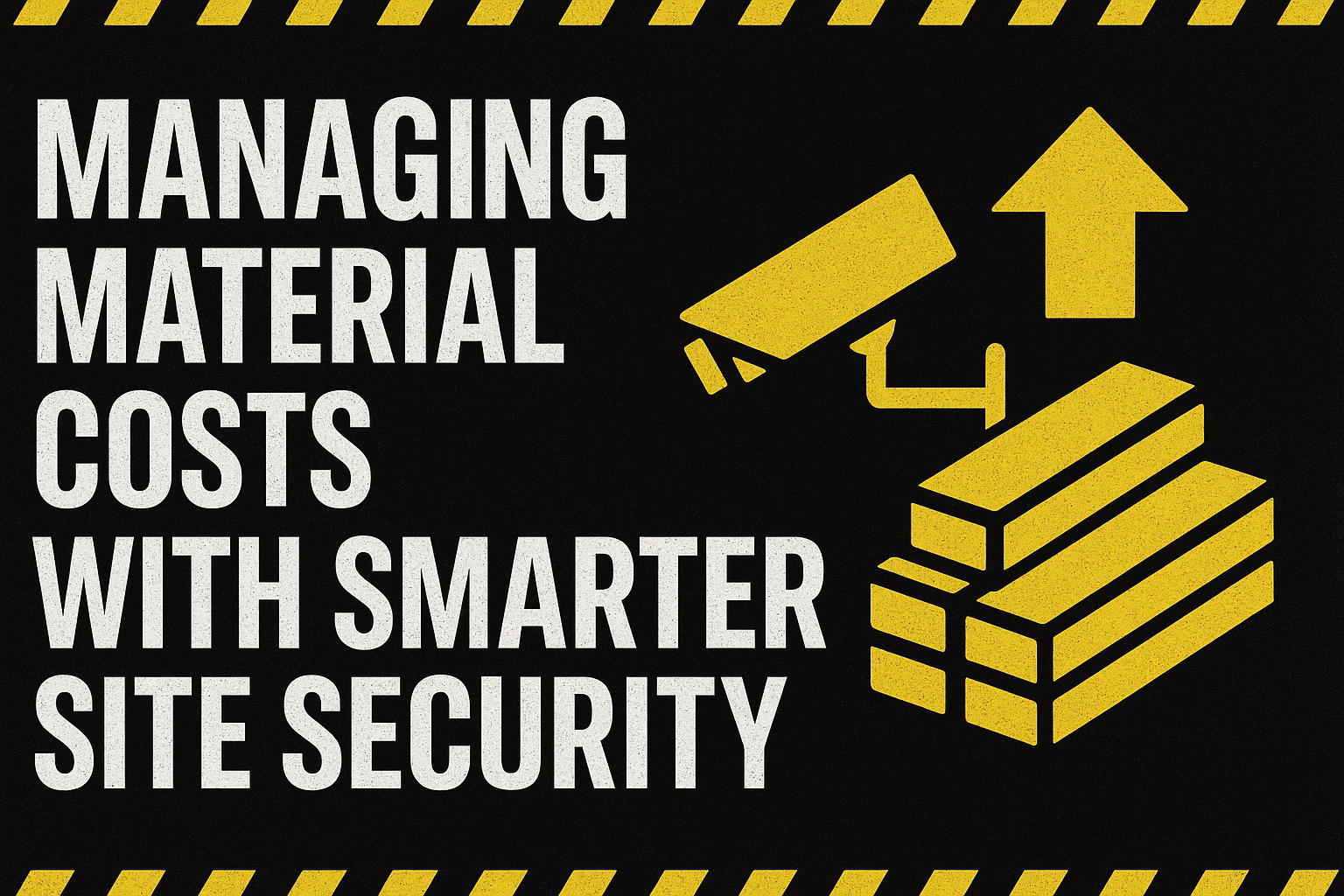For construction managers under pressure to meet budgets, knowing the true return on investment (ROI) of a security system is crucial. Beyond safeguarding assets, well-planned surveillance can reduce costs, streamline processes, and drive productivity.
1. The Cost of Inaction: Theft and Vandalism Prevention
Construction sites are frequent targets, with theft costing the industry over $1 billion annually. Theft of copper, heavy equipment, and materials can delay timelines and add replacement costs. For instance, the replacement cost for a stolen excavator can reach $100,000, and stolen copper adds up to thousands. Surveillance significantly lowers these risks, with one project reducing theft incidents by 70% after installing cameras. Avoiding even one major theft can yield immediate savings that justify security investments.
2. Insurance Benefits and Liability Protection
Sites with active monitoring often receive lower insurance premiums—sometimes 10-20% less—because insurers see them as lower risk. Additionally, security footage provides documentation in case of injury claims, helping companies avoid costly legal fees or settlements. A typical settlement for a site accident can exceed $20,000, so surveillance that prevents one or two disputes can offset the monitoring costs.
3. Productivity and Compliance Tracking
Surveillance does more than deter crime; it boosts productivity by allowing managers to track site activity remotely. This ensures adherence to timelines and safety standards. In one case, a project saw a 15% increase in productivity by using surveillance to oversee multiple sites. Avoiding common delays, such as unapproved breaks, and identifying compliance issues early can result in thousands saved in labor costs and help projects stay on schedule.
4. Flexibility with Modern Surveillance Solutions
Our month-to-month, cancel-anytime solutions let you adjust the scope of your security to match project phases. By avoiding long-term contracts, managers can invest in security only when it’s most critical, like during material deliveries. This flexibility means that smaller, ongoing costs directly address site-specific needs rather than a blanket long-term expense.
Calculating Your ROI
Add the estimated value saved from theft prevention, insurance benefits, and productivity gains, then compare it to the security investment. For example, avoiding a single equipment theft, receiving a 10% insurance discount, and improving productivity by 10% across a $5 million project can yield substantial returns. With these benefits, security is no longer just a cost but a proactive investment in project efficiency and safety.






